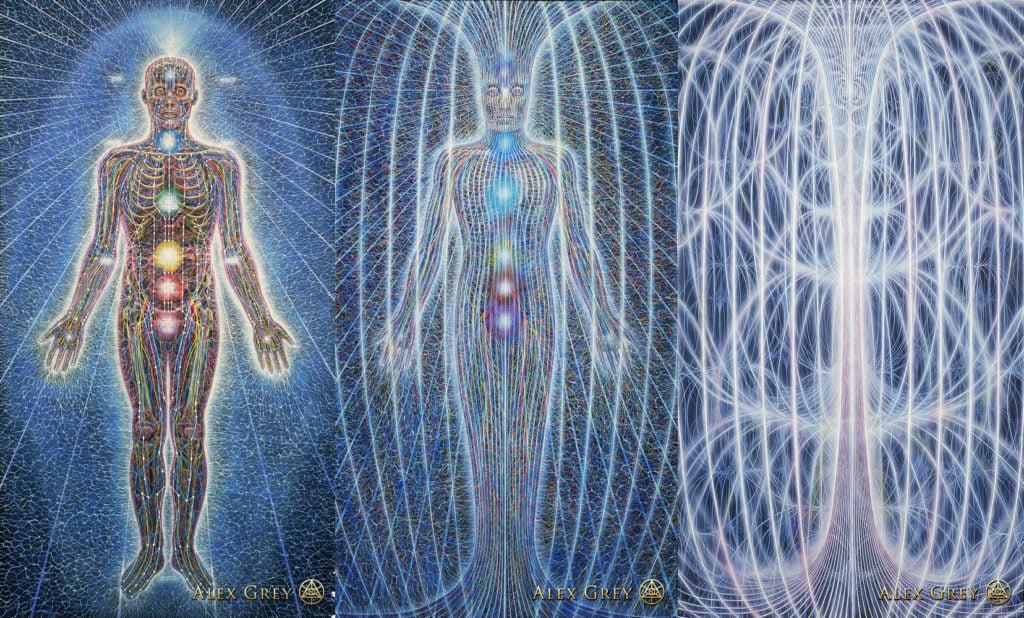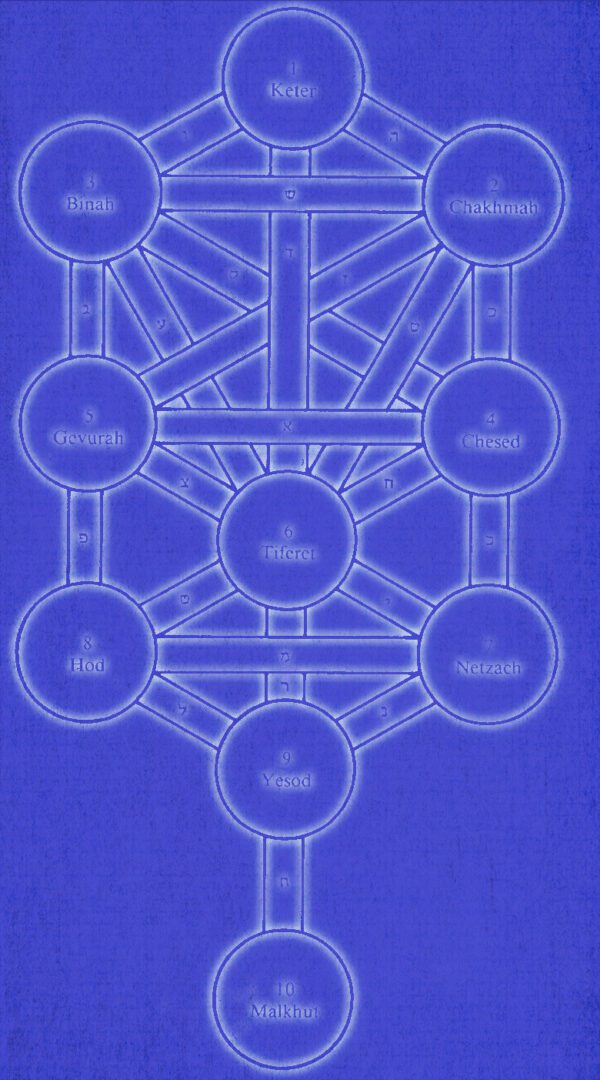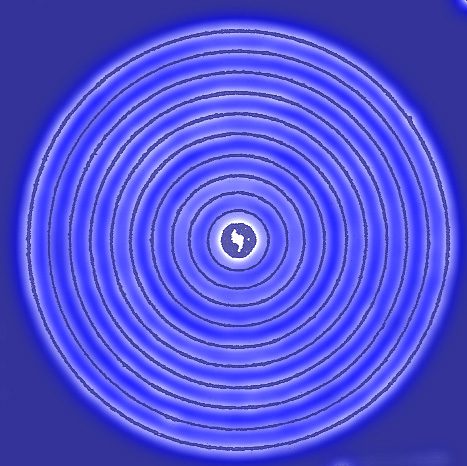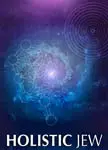
A PRACTICE FOR ELUL
PETAH ELIYAHU, A SEGULAH for TSHUVAH
The 40 days preceding Rosh Hashanah mirror the 40 days Moshe was on the Mountain preparing the final tablets of the covenant. It is the perfect time to engage with it. Rosh Hodesh Elul marks the beginning of this 40 day period.
“Patah Eliyahu” is an excerpt from Tikkunai Zohar. It is evocative spiritual poetry. In it, Eliyahu, the prophet, describes the great mystery of the Divine structure. This enlightened Torah shows that humans are fractals of the Divine Model.
Read it once a day, Don’t expect or try to understand it all. Let the words wash over you and receive the blessings and insights that arrive. Pay attention to shifts in your awareness throughout this time period.
Click here for the translated text or Read ahead for more suggestions about this segulah.


What is a Segulah?
Segulah might be translated as a spiritual remedy or an auspicious tradition. It is a practice meant to bring forward a transformation.
Segulah practice offers the potential to become who you are, release noise and distractions, and invite resonance. The Jews are called ‘am segulah, which means they are endowed with the ability to be great through Torah and Mitzvot. The vowel segol and the cantillation mark segol or segoltah each is made up of three dots in a triangle, like an arrowhead pointing to the direction of movement.
The term segulah refers to an amulet, talisman, or other objects that hold the power of transforming potential into actual. It can be an action that is reputed to lead to a change in one’s life and well-being.
For instance, acting as the kvatter (the one who brings the baby into the brit milah/circumcision) is purported to be a segulah for fertility, wearing the jewelry of the bride while she is under the Huppah is said to be a segulah for finding a husband. Reciting the Song of Songs daily for 40 days, or praying at the Western Wall every day for 40 days is reputed to “shake the rafters” of Heaven, increasing the likelihood of a favorable response.
FORTY DAYS FOR TRANSFORMATION
Why Forty Days?
Forty days represents the period in which nothing becomes something, e.g., an embryo forms in forty days, according to our sages. Moses ascended to Mount Sinai to receive Torah and stayed there for forty days twice (some commentators say three times). Specifically relevant to our practice, Moses is called to ascend to Mount Sinai on 1 of Elul in the aftermath of the event of the Golden Calf. On Yom Kippur, he descends from the mountain with the new humanly-carved tablets forty days later. Yom Kippur is the day of utmost forgiveness.
The Hebrew letter mem מ has a numerology of 40. Mem is associated with the element mayim (מים), water in Sefer Yetzirah – in fact, Mem is the first letter in the Hebrew word for water, Mayim (מים). Water is known and used for its transformational qualities; for example, in Mikveh; ritual bath, Taharah; purification of the body before burial. Water is a key element in life. Life (as we know it) does not exist without nourishment or water.
Water is the activating ingredient that turns a seed planted in Earth into a sprout. Water. It brings transformation. The human body is 70% water. Earth’s surface, too, is 70% water.
WATER
All life on Earth depends on accessing water. Yet, too much water can flood and destroy life. Water is a necessary ingredient for life as we know it. When scientists search for life on other planets, they seek worlds with a climate that can support water in its fluid form. This is a particular and narrow requirement.
Water’s nature is gracious.
Jewish Mystics have long associated water with the attribute of Hesed, Benevolence, and unbounded Love.
It is waters’ nature to spread and connect. Water meets the form of any container wholly and gracefully. Water keeps spreading as long as it can. It tends to expand. It is entirely adaptable when it is not expanding; water meets the shape of any container that holds it.
TikkunAI Zohar
The Zohar is a collection of several books, one of which is Tikkuney Zohar, the “Adorning of the Zohar.” The book is a series of seventy interpretations of the first word of the Bible, Bereshit. The number seventy is the numerical value of sod (סודֻ), Hebrew for secret. It is associated with completeness, like the 70 people who came with Yacov to the land of Goshen when they first dwelled there. Based on Psalm 25:14, Rabbi Shimon Bar Yochai, the author of the Zohar according to tradition, opens up the seventy secrets of the act of creation.
There is a Kabbalistic tradition to recite Tikkuney Zohar during the forty days before Yom Kippur. The seventy sections, along with their two introductions, are divided into forty sections read daily.
Patakh Eliyahu
Patakh Eliyahu constitutes the ending sections of the Second Introduction to Tikkuney Zohar. In it, Elijah the Prophet teaches the group of Rabbi Shimon, the creators of the Zohar, about the structure of the S’firot, the emanations of energies that move from Ayn Sof, Infinite to physical reality. It reveals the Divine Imprint as it manifests in creation and her unfolding.
Afterward, Elijah the Prophet invites Rabbi Shimon to open secrets. Quoting from Song of Songs, Rabbi Shimon talks about how Sh’khinah (Divine Presence) is suffering in exile and the Holy One’s continuous yearning for her redemption. The prayer ends with a request for blessings.
EXILE OF SH’KHINAH
“Galut haSh’khinah” – the exile of Sh’khinah has never been more significant. External forces keep her from dwelling on Earth. These are matters that disrupt the divine natural movement. Climate change is a cause of Galut haSh’khinah. Earth’s balanced patterns are being disrupted. Earth responds with fires – like the one burning in Maui today, flooding and changes in weather patterns. This impacts not only produce but daily life in subtle and glaring ways.
This Torah appears at the beginning of most Sephardi and Eastern Siddurim; prayer books. Rav Yehudah Shaharabani, the author of Siddur Oz HaT’fillah, says that it is recited to “open the heart.”
T’shuvah —Understanding of our Truth
Our focus is on the Patakh Eliyahu prayer as a catalyst for the process of teshuva (re-turning, re-pentance). Our practice is designed to examine our inherent and essential truth deeply.
The Holy Rebbe Bnay Yisaskhar z”l and Visionary Emilie Conrad z”l teach that a problem cannot be solved at the same level as the problem. A higher level perspective is required to make a sustaining adjustment.
We are acknowledging self-deceit. Layers of pain have caused many to create false stories about ourselves and live in denial. This is a wake-up call.
Acknowledgment of existing contradictions and alternative truths might be relevant to our lives. Still, since they are in conflict, we tend to allow them to escape into doubt, indifference, or avoidance. Another focus is to discern the emotional tension between unresolved tendencies by specifying each of them in its difference and contradiction with the other.
The next level of understanding our truth is bringing home all of the first-level deceptions and the second-level contradictions by accepting them in peace, by taking responsibility by giving thanks to their oneness—as expressions of the utmost state of truth of our existence.
POSSIBLE CHALLENGES
The Patakh Eliyahu prayer can be calming and expansive. However, at times during the practice, things are likely to change. At first, you might feel that you increasingly understand the prayer better and better, but as the practice continues, this clarity might evaporate. You might become confused, depressed, or agitated on some days, followed by days of calm, bliss, joy, or indifference. It is sometimes fun.
It is helpful to stay the course – to continue the practice through difficulties. If you are really changing, you might need to mourn over your old self, even if you didn’t like aspects of your old self. If you miss a day or two, please make up for it the following day or days.
SETTING UP YOUT PRACTICE
Reciting Practice
It is helpful to set up a specific time and place to practice. It will take about 20 minutes to do it. Spend some time in silence, meditation, quiet time, or nothing time before and after.
Try reading aloud, softly, with a melody, without, alone, or with others.
If you can read and understand the prayer in its original Hebrew, read it in Hebrew.
If you can read Hebrew, but need more understanding, start by reading a few lines in English and follow it by reading the same paragraph in Hebrew. Then read the next lines in English, followed by the next in Hebrew. You will gain understanding of the Hebrew over time.
If you read English and do not read Hebrew, read the English translation.
Keep a journal to document the journey to help transformation take root.
Listen. On expansive days, all creation, past, present, and future, will thank you for leading its prayer of t’shuvah; re-turning and re-creation.
Click here for the translated text
Adapted from Rabbi Ronnie Serr

